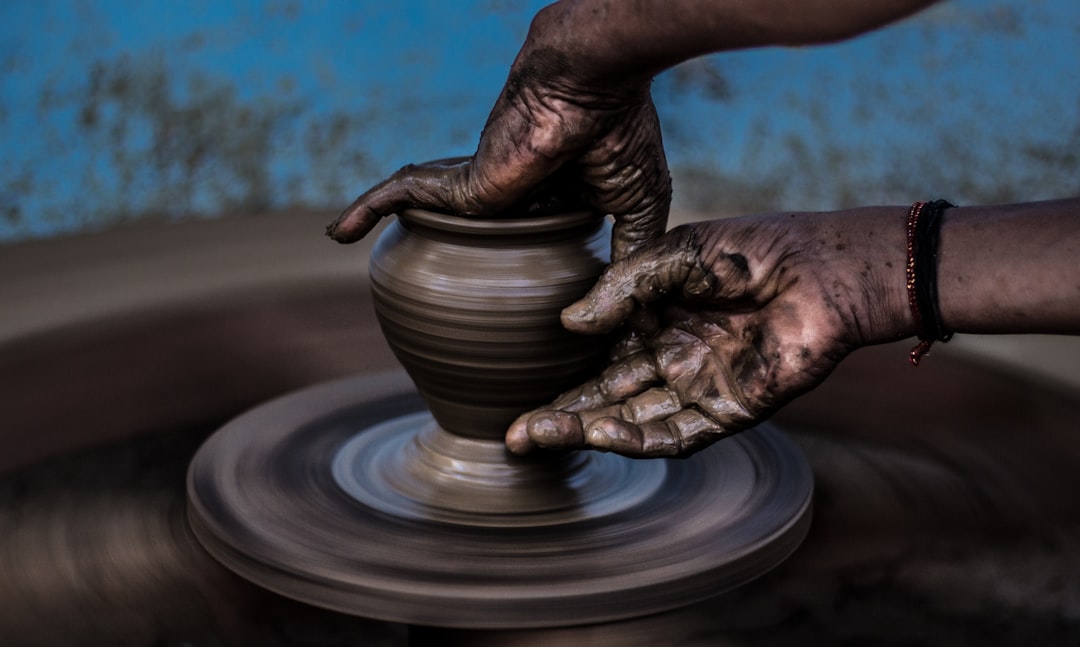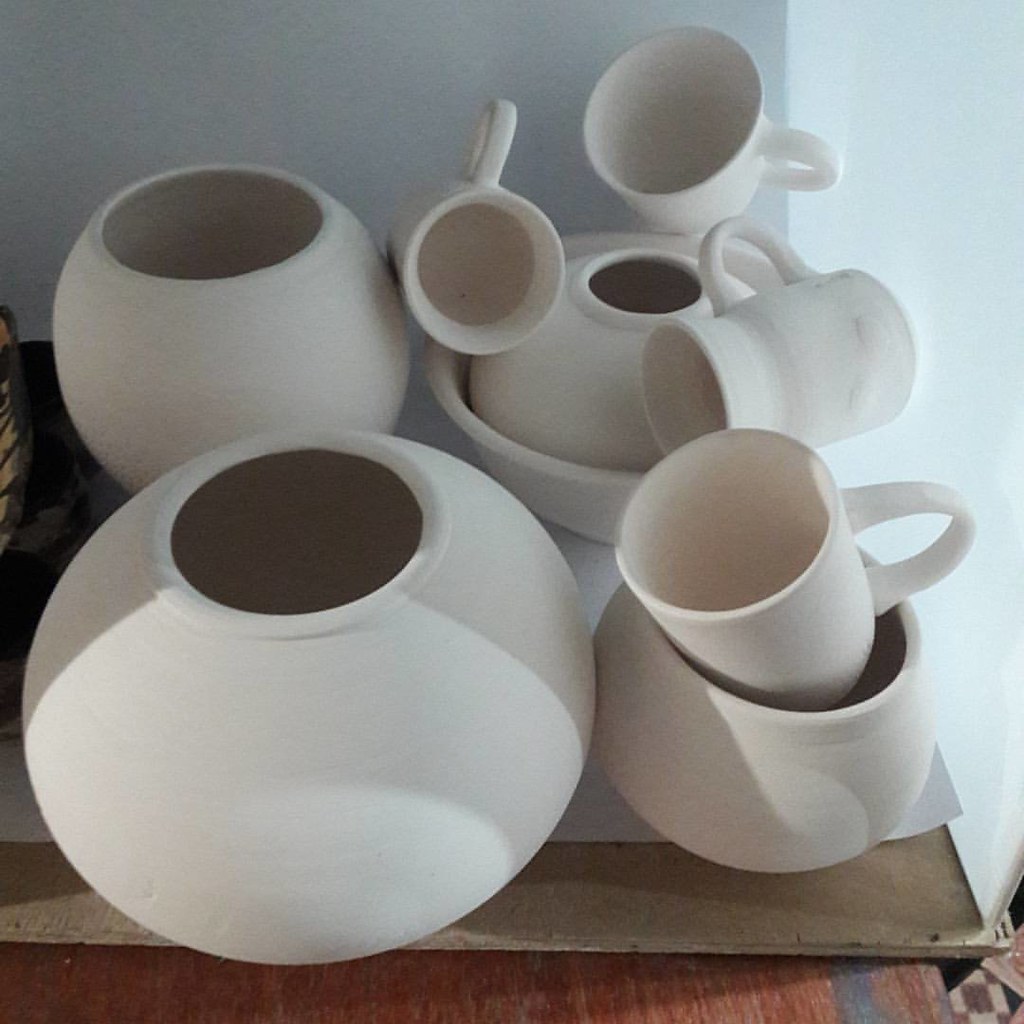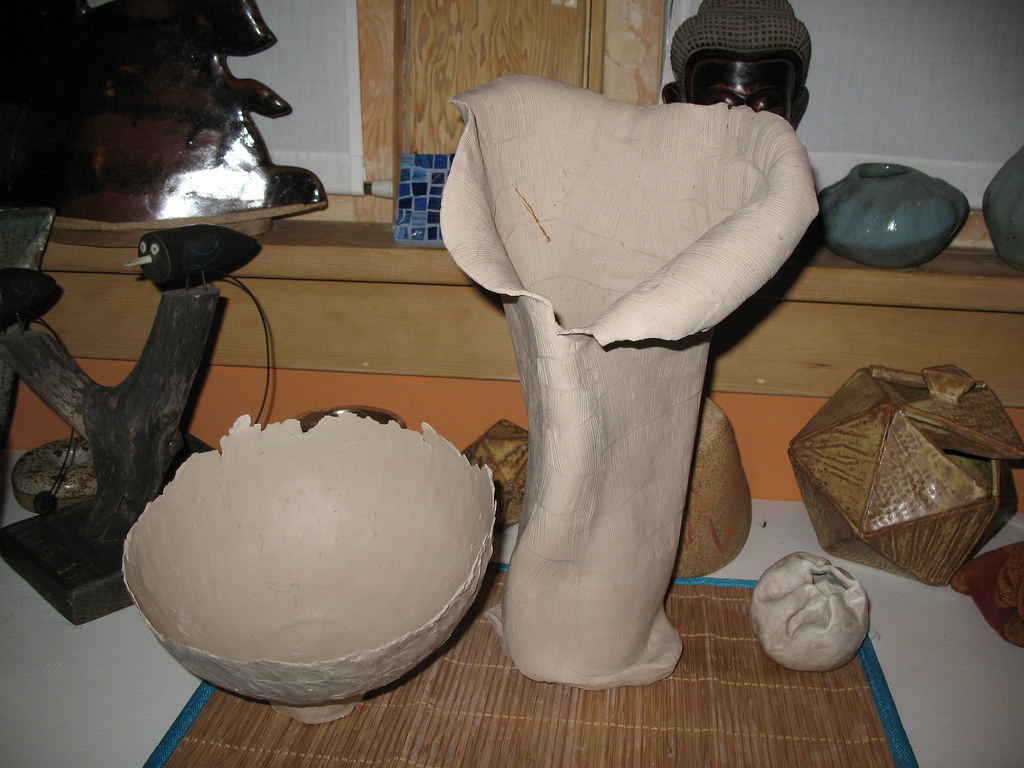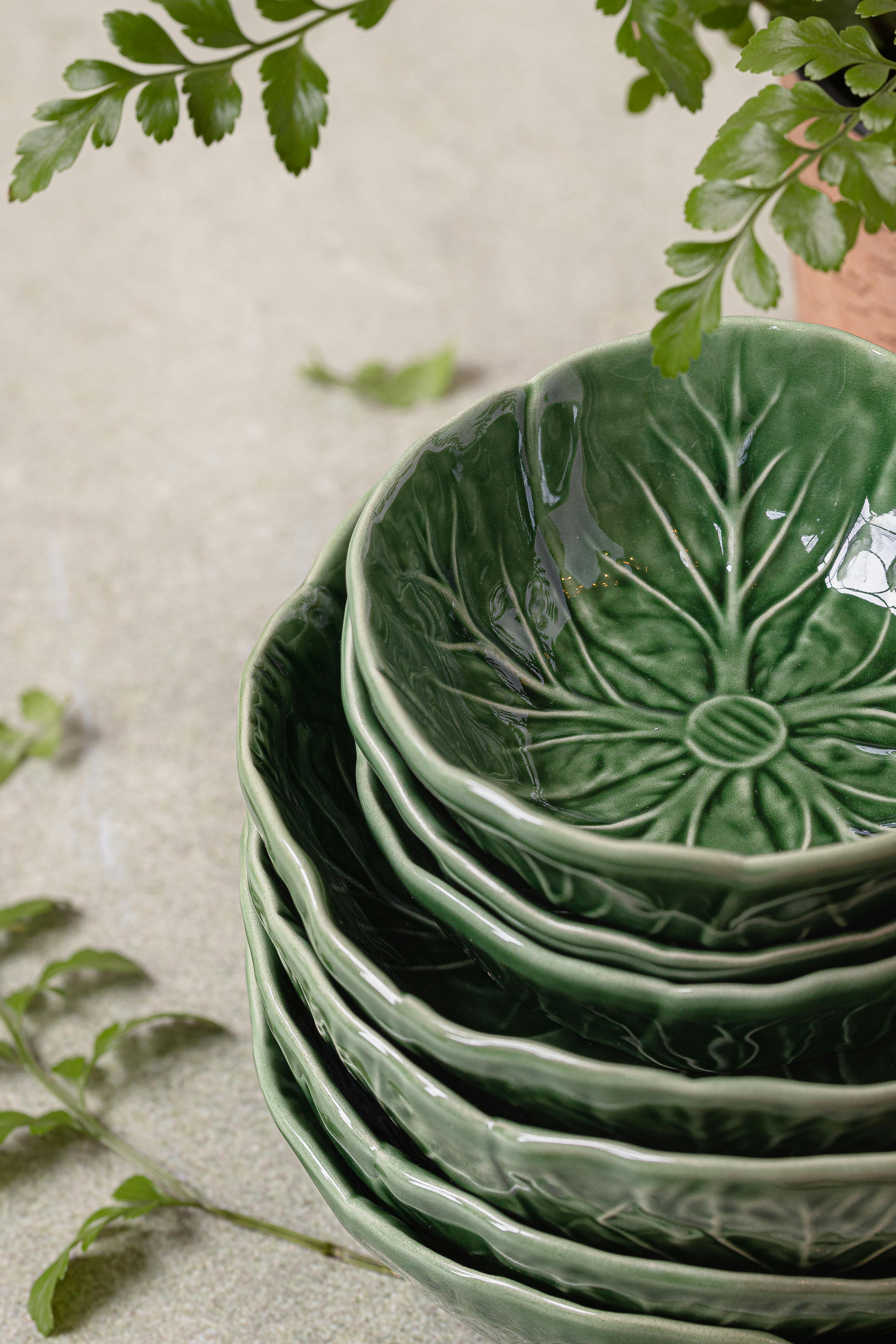Introduction to Greenware Ceramics

Greenware ceramics refer to pieces of pottery that have been shaped and dried but not yet fired. This stage is critical in the pottery-making process, as it sets the foundation for the final product. Anyone interested in pottery knows the importance of understanding various stages, including greenware.
Understanding Greenware Ceramics
Before diving into the nuances of pottery making, it’s essential to understand what Greenware Ceramics are. In simple terms, these are unfired pots that are soft to the touch. Because they are not yet fired, greenware is fragile and should be handled with care. This stage allows potters to execute fine details and make final alterations before the firing process.

The Importance of Greenware

The value of Greenware cannot be overstated in the world of ceramics. This intermediary stage offers artists the chance to refine their designs and rectify any imperfections. It’s the stage where creativity truly blooms, allowing for creative expression and final adjustments that are crucial to the outcome.
Greenware Program at Washington University

Institutions like Washington University in St. Louis have established initiatives such as the Greenware Program to focus on sustainability within the ceramics community. This program emphasizes the use of environmentally considerate materials and methods, promoting sustainable practices among artists and students.

Conclusion
Greenware ceramics form an essential foundation for any ceramicist. They not only provide a canvas for artistic expression but also emphasize the importance of sustainability. For those who are passionate about ceramics and the environment, exploring the potential of greenware ceramics can lead to exciting and innovative creations. For more insights and our recent articles on ceramics and related topics, visit our blog.
“`html
Learn More About Greenware Ceramics
To further enhance your understanding of greenware ceramics, watch this video by Kira Eadington, which delves into the differences between greenware, bisqueware, and glazeware, and explains each stage in the ceramic process.
“`
What are the 3 stages of greenware?
There are three main stages of greenware in ceramics before a piece undergoes its first firing in the kiln:
- Plastic clay – At this early phase, your clay is soft, pliable, and great for shaping or hand-building. Because it’s so workable, this is the ideal time to get creative with your design.
- Leather-hard clay – Once the clay has partially dried, it feels firm yet still holds enough moisture to carve or trim. This balance makes it easier to refine details without distorting your form.
- Bone dry – During the final stage, your clay is nearly moisture-free, making it very fragile and easily breakable. Although it’s tempting to handle your piece, exercise caution to prevent any accidental damage.
What’s the difference between bisque and greenware?
Greenware refers to any clay object that hasn’t been fired yet, whether it’s still plastic, leather-hard, or fully bone dry. In contrast, bisque ware is the result of the first firing process, which removes most of the water and organic materials, leaving the clay strong enough for handling. Bisque pieces tend to be sturdier and offer a great surface for adding glazes or decorative finishes before the final firing.
Wrapping up our exploration of greenware ceramics, it’s clear that mastering each stage—from the pliable plastic phase to the sturdy bone dry state—is essential for creating beautiful and durable pieces. By understanding and patiently navigating these critical phases, you can enhance the quality of your ceramic work and bring your creative visions to life.
Stay Connected and Keep Creating
If you enjoyed diving into the world of greenware ceramics, let's continue the journey together! Follow us on Instagram for more tips, inspiration, and behind-the-scenes glimpses of our latest projects. We'd love to stay connected and see your ceramic creations as well!
